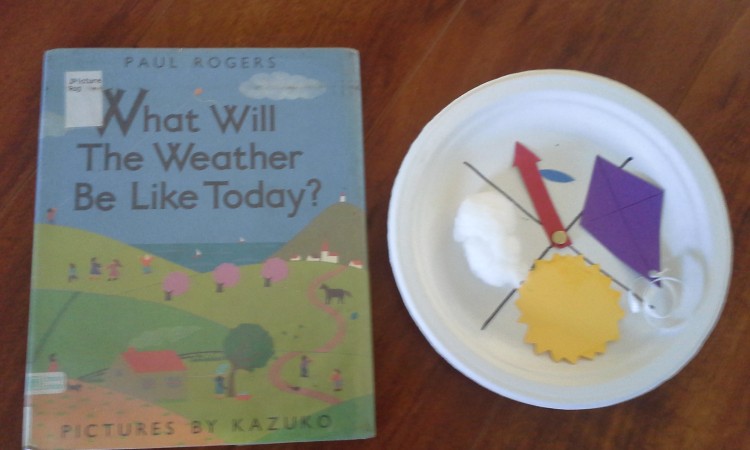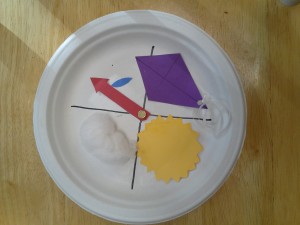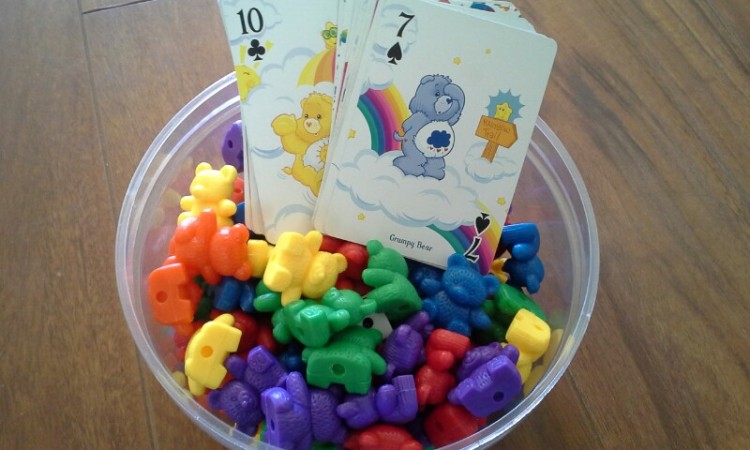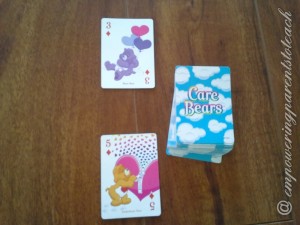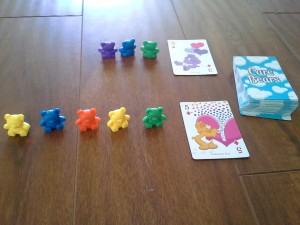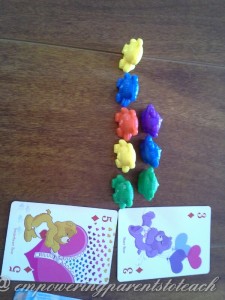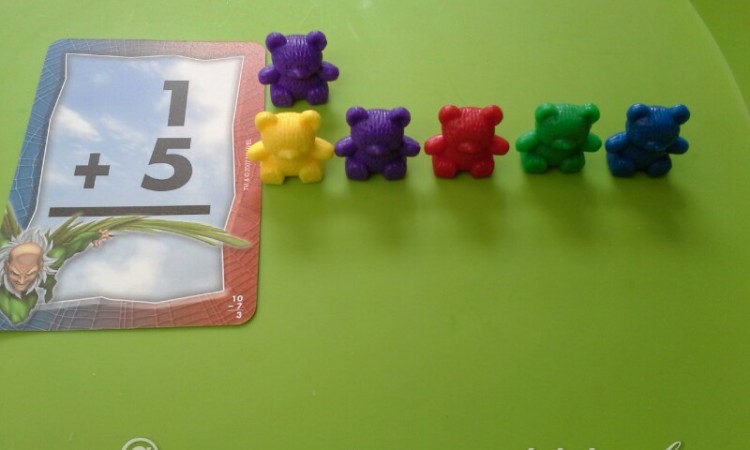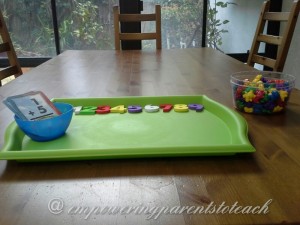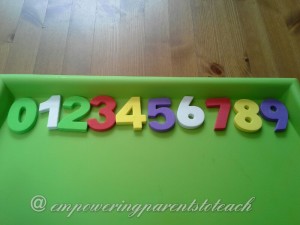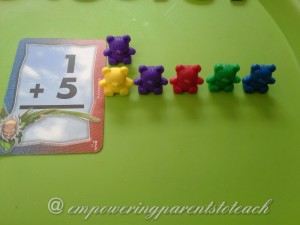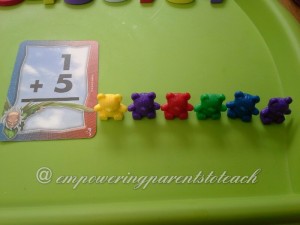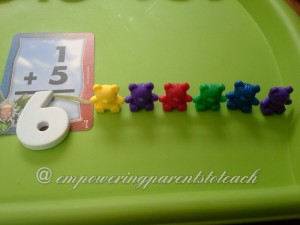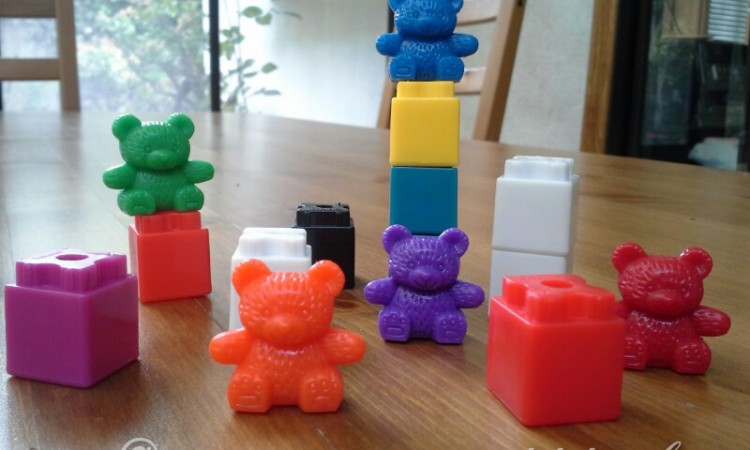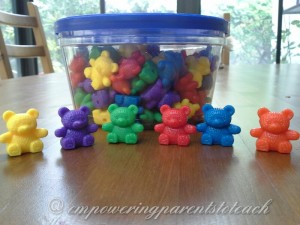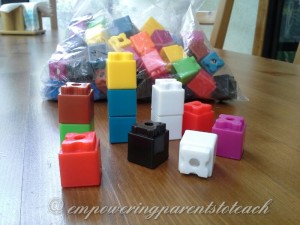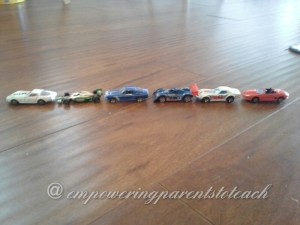Spring is often a time when we think about the changing weather. Pairing this craft and book will help your child learn about weather, foster reading comprehension, and learn to support ideas with evidence!
My son came home from preschool with an adorable craft which went along perfectly with a book we got from the library!
Craft idea:
They used a strong paper plate as the base, cotton for clouds, and cut- out shapes for a rain drop, the sun, and the kite. The kite string is made out of ribbon. The arrow is movable so you can turn it to whatever the weather may be each day. What a great idea!
Pair this craft with the book, What Will Weather Be Like Today by Paul Rogers and you have a fun way to reinforce weather concepts for little learners. The text is simple and focuses on one type of weather per page.
While reading the book, I would ask questions to my preschooler about clues that we see in the pictures to increase comprehension. For example, the first type of weather mentioned is wind. The author writes, “Will it be windy?”. I asked my son what clues do we see in the picture that lets us know that it is windy outside. At first, he did not have a response. After giving him enough time to think I said, “Oh look, I see a clue, look at how the tree branches are tilted to one side. That must be because the wind is pushing on it.” You can even have the child recall a time when they saw tree leaves moving in the wind. After hearing my example he pointed to the background where we see smoke being pushed in the wind and said, “I see a clue!” We continued to find all the windy clues that we could.
We did this for the different types of weather. We noticed people bundled up in the cold weather and people swimming and wearing shorts in the warm weather. Dark, gray clouds and lightning let us know it was stormy. Again, when possible relate this to the child’s own personal experiences with the weather mentioned. Have you ever been in a storm? Were the clouds dark? Does your child like to swim in the summer time to cool off? All of these questions help children relate the information to their own experiences which fosters comprehension.
Each day, use the craft to show what the current weather is. Don’t just state the weather, support it with evidence! How do you know it’s windy? Have the child tell you the clues (evidence). They will be thinking like a scientist ![]()

